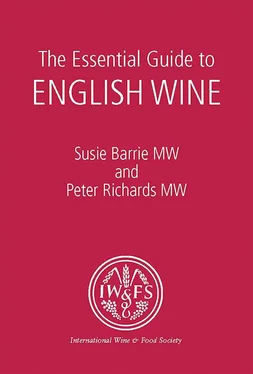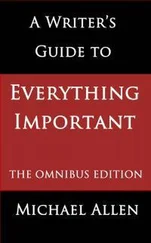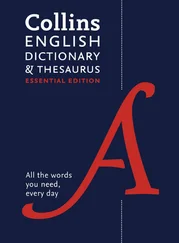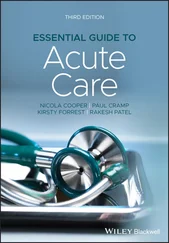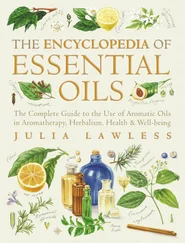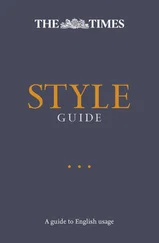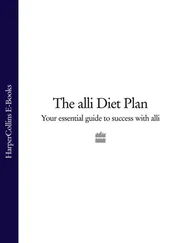VINTAGES
“One year in five, prepare for disaster,” is winemaker Dermot Sugrue’s outlook. “But you always need a bit of luck,” he grins. The British climate can be magnificent but also cruel – the weather defined by inherent variability, not just from year to year but also place to place. This makes vintage generalisations difficult. Bear in mind for the figures below that the total vineyard area has been growing over time.
VINTAGES: VOLUME, STYLE AND QUALITY
2017:c. 5.3 million (m) bottles – vicious April frosts and mixed weather ended in one of the earliest harvests ever
2016:4.2m bottles – expressive, intense, frequently very ripe fruit was produced in this low-yielding, late vintage: potentially great 2015:5.1m bottles – fresher, leaner styles from a cooler year that came good in the end, a vintage for sparkling
2014:6.4m bottles – plentiful vintage making for generous, expressive wines, including some fine still wines
2013:4.5m bottles – very late vintage that struggled to ripen made for fresh, sometimes intense styles, best for fizz
2012:1m bottles – wet, cold, dark annus horribilis (as the Queen might say) saw some make no wine at all; a few decent bottles are out there
2011:3m bottles – small, ripe, concentrated vintage after an Indian summer; outstanding for some
2010:4m bottles – there’s a coolness and reserve to this vintage despite the decent weather; wines are often delicate and elegant
2009:3.2m bottles – a “textbook” vintage gave expressive, rounded, structured wines
Source: Wine Standards Branch (WSB), WineGB, authors’ own research
“ The naturally vivid, revitalising character of English wines benefits from the nuancing effect of ageing ”
In the winery, approaches vary. For example, some winemakers like to handle the juice in so-called “inert” presses, to retain freshness in the fruit. Others aren’t so protective, preferring to build up the wine’s structure early on. Malolactic fermentation (MLF) is a process whereby tangy malic acid (think green apples) is converted into softer lactic acid (think milk). Some winemakers choose to block MLF to keep that zippy feel in the wines (Hattingley’s Emma Rice describes this brilliantly as a wine’s, “steely English backbone – its stiff upper lip”). Others will do partial or full MLF to soften the style.
In sparkling wines, there is a growing trend to blend wines from different years – so called “non-vintage” styles. This offsets the risk of poor vintages and often makes for more satisfying and complex wines and so should be a sensible way forward for those who can manage to build up reserves. The naturally vivid, revitalising character of English wines benefits from the mellowing and nuancing effect of ageing: this should be a priority for producers despite the financial implications. Finally, it’s heartening to see bold, experimental wines – the likes of amphora ageing or so-called orange wines can add valuable colour and diversity to the nation’s wine portfolio.
Конец ознакомительного фрагмента.
Текст предоставлен ООО «ЛитРес».
Прочитайте эту книгу целиком, купив полную легальную версию на ЛитРес.
Безопасно оплатить книгу можно банковской картой Visa, MasterCard, Maestro, со счета мобильного телефона, с платежного терминала, в салоне МТС или Связной, через PayPal, WebMoney, Яндекс.Деньги, QIWI Кошелек, бонусными картами или другим удобным Вам способом.
